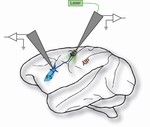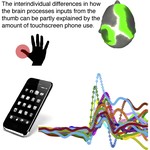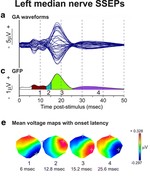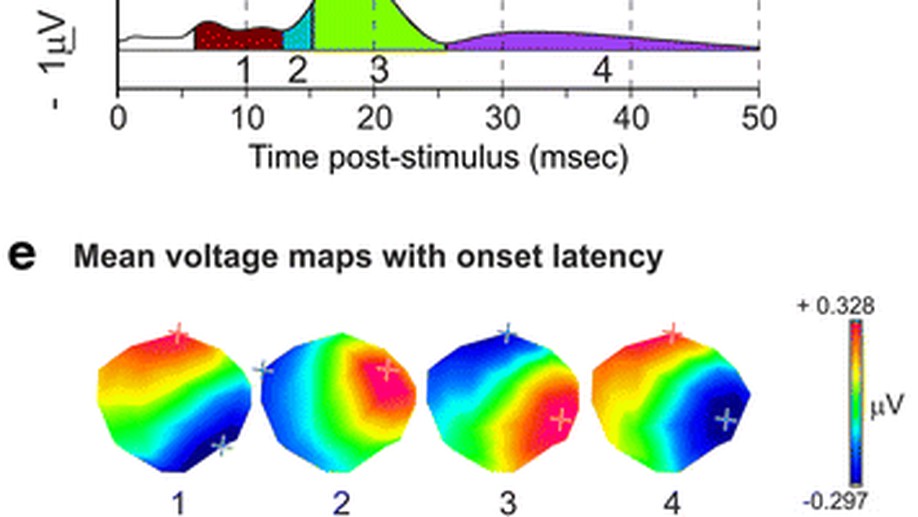Biography
Anne-Dominique Gindrat is a postdoc in the Neurobiology Laboratory of Prof. Hansjörg Scherberger at the Deutsches Primatenzentrum GmbH in Göttingen. She is investigating some brain areas involved in planning and executing hand grasping movements in behaving macaque monkeys using the emerging approach of optogenetics.
Interests
- Neurophysiology
- Sensorimotor control of the hand in human and non-human primates
- Optogenetics
- Electroencephalography (EEG)
Education
-
PhD in Natural Science, option Neuroscience, 2015
University of Fribourg (Switzerland)
-
MSc in Biology, 2010
University of Fribourg (Switzerland)
-
BSc in Biology, 2008
University of Fribourg (Switzerland)






